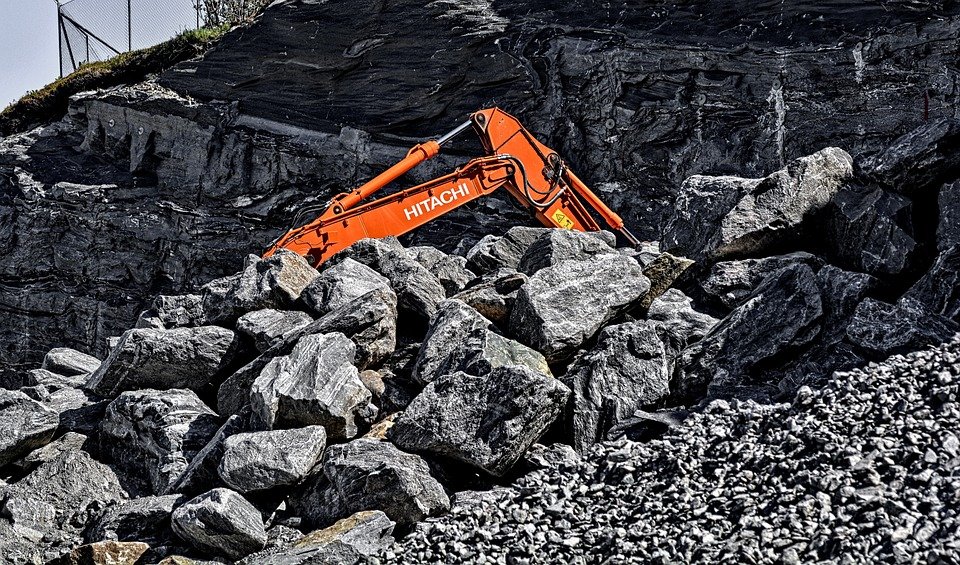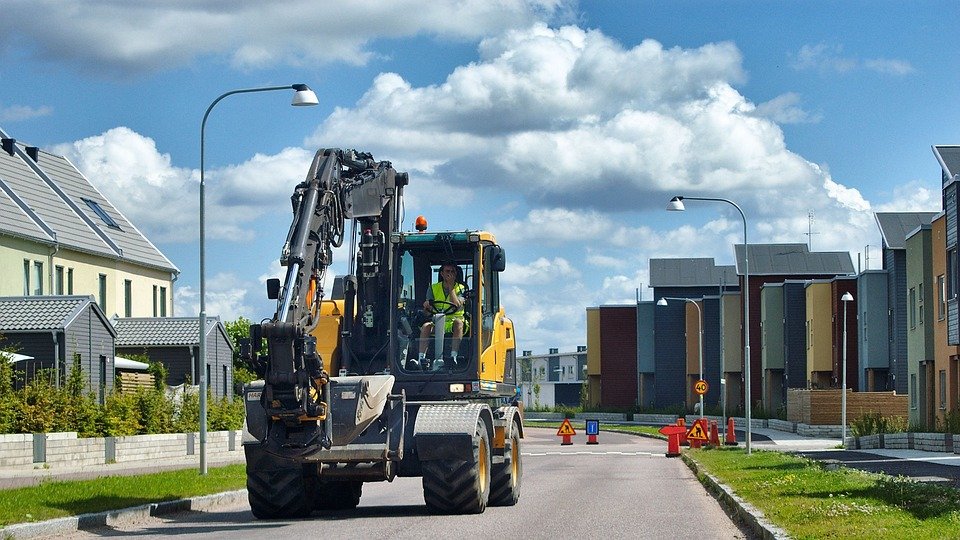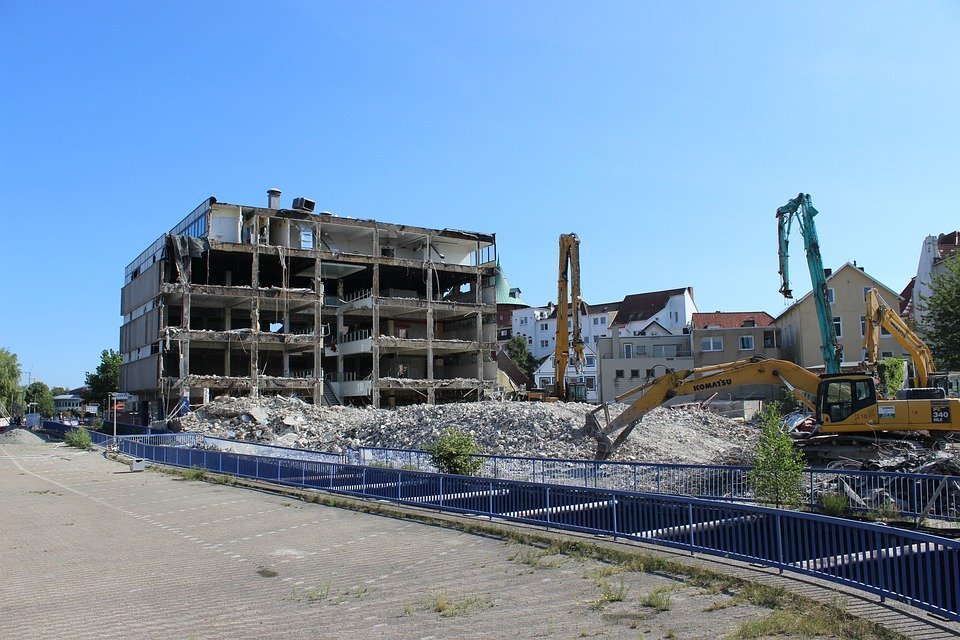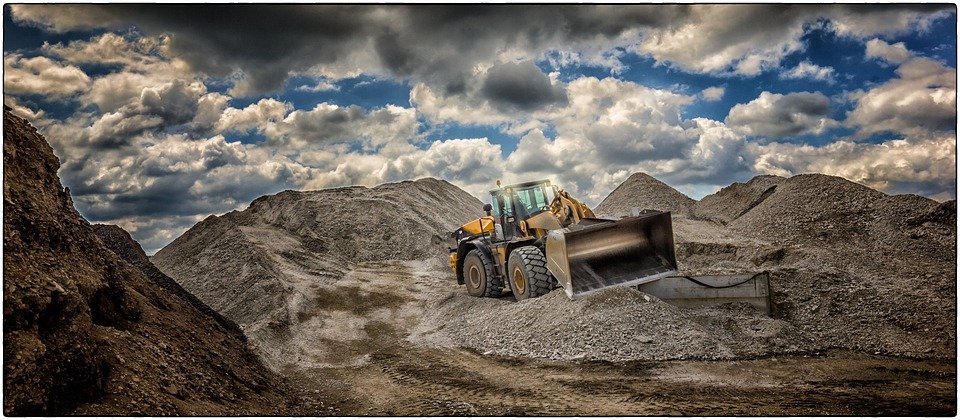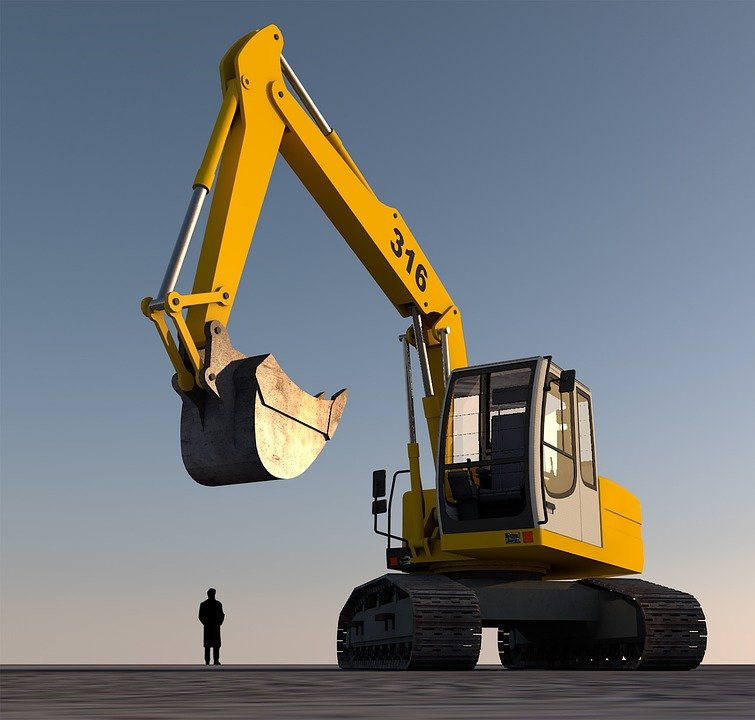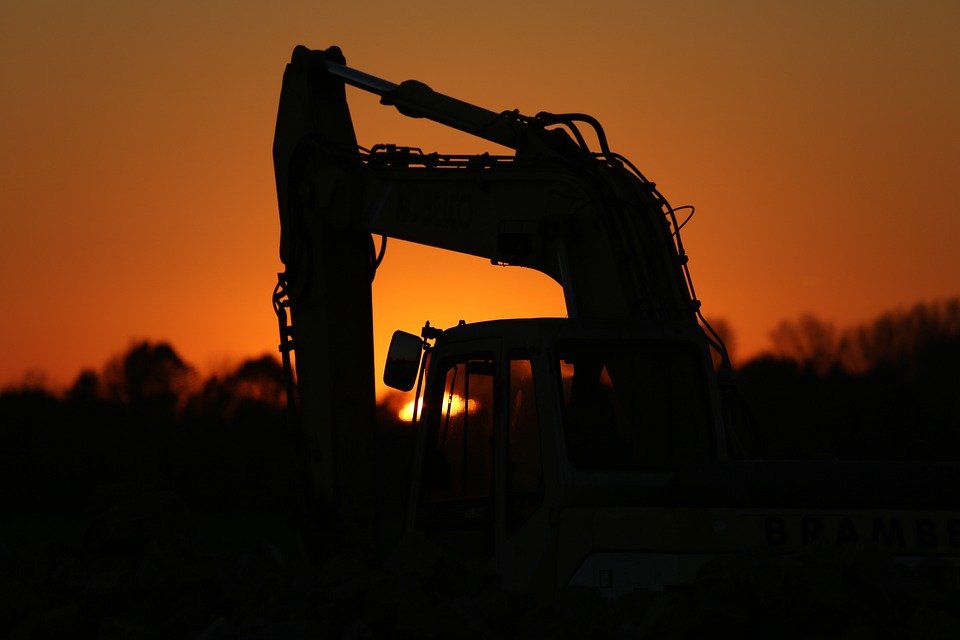[ad_1]
Strategies for Effective Erosion Control
Erosion control is an important part of land management and conservation. Erosion can cause soil loss, sedimentation, and other environmental issues. If left uncontrolled, it can even lead to flooding, mudslides, and other disasters. Fortunately, there are a few simple strategies that can be used to control erosion and protect land from further damage.
Vegetation
One of the most effective methods of erosion control is the use of vegetation. Planting grasses, shrubs, and trees can help to reduce erosion by stabilizing the soil and trapping sediment before it can be carried away by wind or water. Plants also absorb water, decreasing runoff and the amount of sediment that is transported away from the site. Additionally, plants can help to prevent soil compaction by providing a living root system that helps to aerate the soil and increase infiltration.
Cover Crops
Cover crops are plants that are planted for the purpose of protecting and improving the soil. They can be used to reduce the amount of sediment that is carried away by wind or water, as well as to prevent soil compaction and improve infiltration. Cover crops can also improve the soil structure and increase the amount of organic matter in the soil, both of which can help increase water retention and reduce runoff.
Erosion Control Blankets
Erosion control blankets are designed to protect soil from erosion. They consist of a biodegradable fabric that is placed over the soil to trap sediment and prevent it from being carried away. Erosion control blankets can also provide a habitat for beneficial organisms such as earthworms, which can help to improve soil structure and increase water infiltration.
Mulching
Mulching is a simple and effective way to protect soil from erosion. Organic mulches, such as wood chips, can help to absorb water and slow down runoff. They also create a protective barrier between the soil and the elements, trapping sediment and preventing it from being carried away. Mulches also provide a habitat for beneficial organisms, which can help to improve soil structure and increase infiltration.
Retention Basins and Structures
Retention basins and structures are designed to collect and store runoff. They can be used to reduce the amount of sediment that is carried away by water, as well as to prevent flooding and other disasters. Retention basins and structures can also be used to create wildlife habitat and improve water quality.
Conclusion
Erosion control is an important part of land management and conservation. Fortunately, there are a few simple strategies that can be used to protect land from further damage. Vegetation, cover crops, erosion control blankets, mulching, and retention basins and structures can all be used to reduce erosion and protect the land from further damage. With proper implementation of these strategies, it is possible to control erosion and protect land from further damage.
[ad_2]

